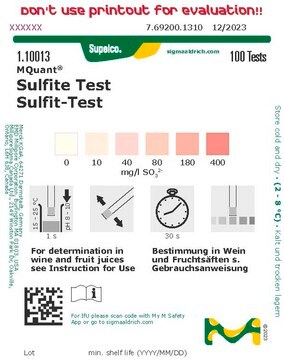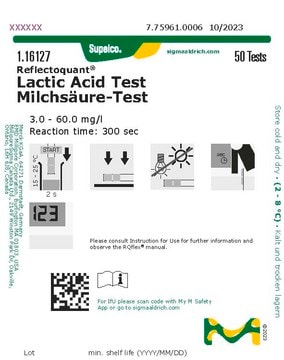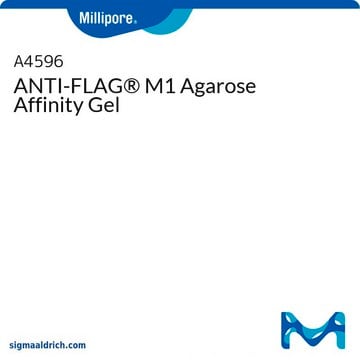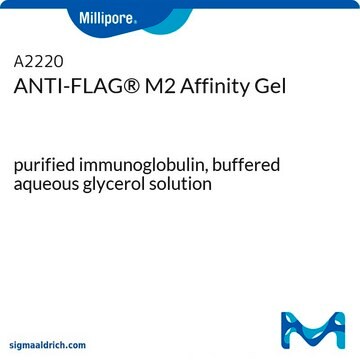OGS635
pSF-TAC-NH2-OmpA-COOH-FLAG
plasmid vector for molecular cloning
Synonim(y):
cloning vector, expression vector, molecular cloning vector, plasmid, plasmid vector, snapfast vector, vector
About This Item
Polecane produkty
rekombinowane
expressed in E. coli
znacznik
FLAG® tagged
Formularz
buffered aqueous solution
masa cząsteczkowa
size 5502 bp
selekcja bakterii
ampicillin
Pochodzenie replikacji
pUC
Rozszczepienie peptydów
EKT
Lokalizacja znacznika peptydowego
C-terminal
Promotor
Promoter name: Tac
Promoter activity: inducible
Promoter type: bacterial
Sygnał wydzielania
OmpA
Warunki transportu
ambient
temp. przechowywania
−20°C
Opis ogólny
Zastosowanie
Sekwencja
Komentarz do analizy
Inne uwagi
Informacje prawne
produkt powiązany
Kod klasy składowania
12 - Non Combustible Liquids
Temperatura zapłonu (°F)
Not applicable
Temperatura zapłonu (°C)
Not applicable
Wybierz jedną z najnowszych wersji:
Certyfikaty analizy (CoA)
It looks like we've run into a problem, but you can still download Certificates of Analysis from our Dokumenty section.
Proszę o kontakt, jeśli potrzebna jest pomoc Obsługa Klienta
Masz już ten produkt?
Dokumenty związane z niedawno zakupionymi produktami zostały zamieszczone w Bibliotece dokumentów.
Powiązane treści
Technologie ekspresji białek dla różnych systemów ekspresji wspierające badania, terapie i produkcję szczepionek.
Protein expression technologies for various expression systems supporting research, therapeutics, and vaccine production.
Active Filters
Nasz zespół naukowców ma doświadczenie we wszystkich obszarach badań, w tym w naukach przyrodniczych, materiałoznawstwie, syntezie chemicznej, chromatografii, analityce i wielu innych dziedzinach.
Skontaktuj się z zespołem ds. pomocy technicznej







